Our planet needs us now more than ever. It’s 2025, and yeah, we’ve all seen the headlines and felt the changes in the weather. The environmental challenges out there are massive, but here’s the good news: innovation is moving faster than ever, and scientists are rolling out some pretty amazing solutions. We’re not just talking about ideas stuck on whiteboards anymore. These breakthroughs are happening right now, all over the world, offering real hope and results you can actually see. Ever find yourself wondering what science is really doing to fight climate change and protect nature these days? Well, let’s dig into how some of today’s coolest environmental technologies are already making a difference.
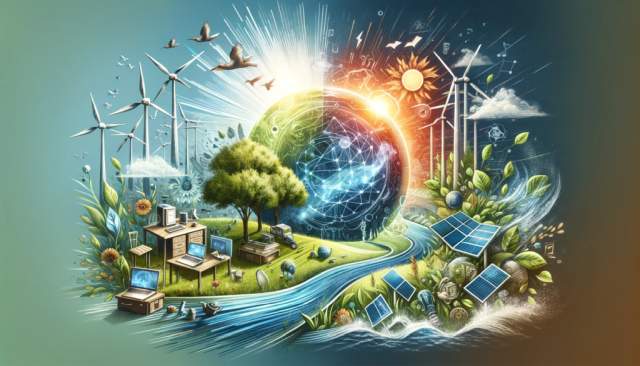
The Urgency: Why Environmental Science Really Matters
Let’s be honest: we know the stakes are sky-high. Climate change, pollution in our air and water, species disappearing it’s all connected, and it affects everything from the air we breathe to the food we eat. This isn’t just about saving pretty forests or mountain views. It’s about keeping our world livable clean water, healthy ecosystems, stable weather the whole deal. Environmental science is at the heart of this fight; it gives us the facts and tools we need to actually do something that works. And honestly? In 2025, these scientific solutions aren’t just nice-to-haves they’re essential if we want a shot at turning things around.
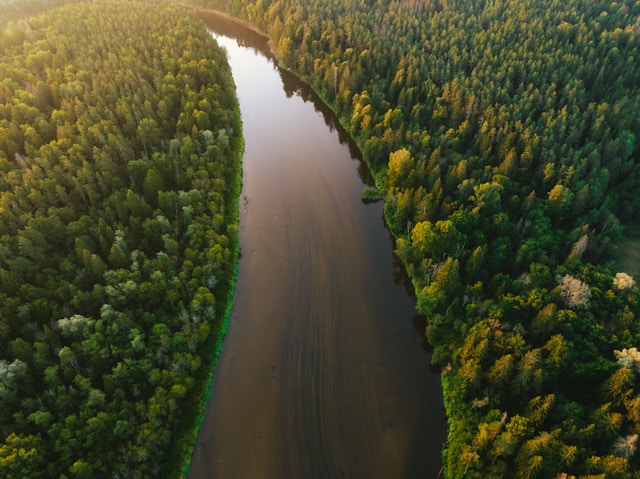
Spotlight on Innovation: The Game-Changing Tech Saving Earth
Here’s where it gets exciting! Scientists and engineers everywhere are coming up with mind-blowing ways to help the planet. Want a peek at some of the most powerful new eco-technologies leading the charge right now? Let’s check them out:
1. AI and Machine Learning: The Brains Behind Conservation
Artificial intelligence isn’t just for your phone or self-driving cars it’s transforming environmental science too. Picture this: super-smart algorithms crunching mountains of data from satellites, drones, and sensors all in real time! This tech lets us:
- Predict wildfires or floods way before they happen.
- Make sure renewable energy fits perfectly into power grids.
- Track illegal logging or poaching as it happens.
- Help farmers grow more with less water and fertilizer.
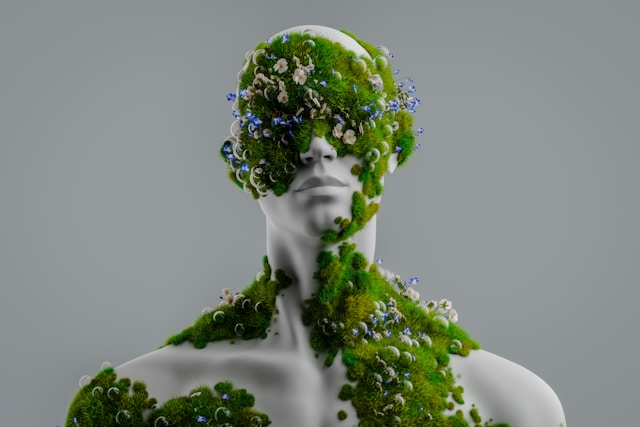
AI is helping us understand our planet like never before and make quick decisions that count.
2. Advanced Renewable Energy: Powering Up Sustainably
You’ve probably seen solar panels and wind turbines around, but there’s so much more happening under the hood:
- Perovskite solar cells are making solar cheaper and even more efficient.
- Geothermal tech is tapping deeper underground for clean heat.
- Green hydrogen is popping up as a super-clean fuel for stuff that’s hard to electrify.
- New ways to store energy like flow batteries or compressed air are keeping things steady when the sun isn’t shining or the wind dies down.
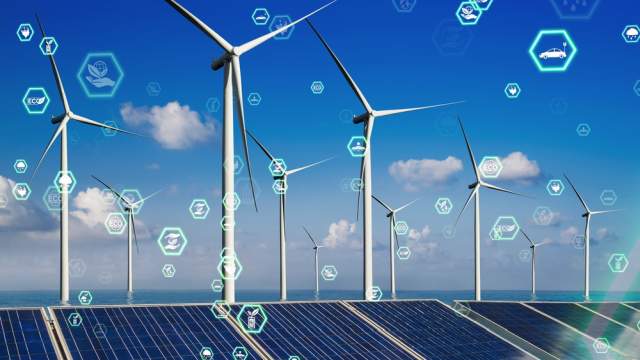
All of these breakthroughs are helping us break up with fossil fuels for good.
3. Carbon Capture, Utilization & Storage (CCUS): Cleaning Up Old Messes
Cutting emissions is huge but what about all that CO2 already hanging around? That’s where CCUS comes in:
- Direct Air Capture (DAC) plants literally suck CO2 straight out of thin air.
- Factories are using improved chemicals to grab carbon before it escapes up smokestacks.
- Some places are even turning captured CO2 into building materials or fuel!
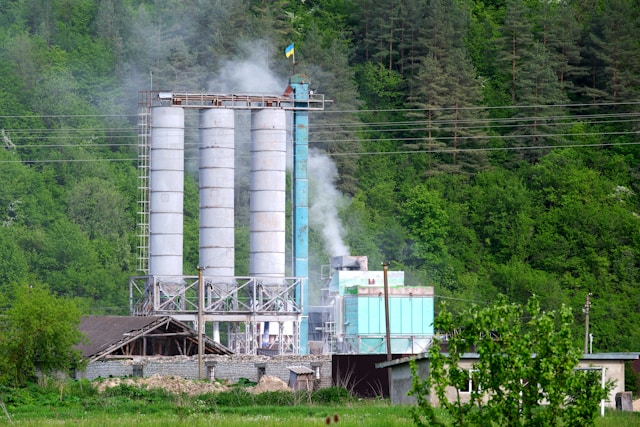
It might sound futuristic but trust me it’s happening now and it’s crucial for fighting climate change.
4. Next-Gen Waste Management: Turning Trash Into Treasure
Let’s face it our throwaway culture has created mountains of waste. But new tech is changing that story:
- AI-powered robots sort recycling better than humans ever could.
- Chemical recycling breaks plastics down so they can be remade again and again (bye-bye single-use!).
- Waste-to-energy plants turn leftover trash into electricity without as much pollution.
- New biodegradable materials mean less plastic pollution overall.
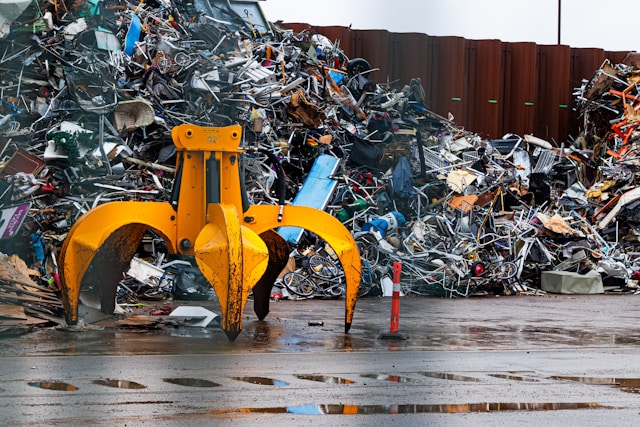
All these innovations mean less landfill waste and cleaner communities.
5. Precision Environmental Monitoring: Keeping Watch Over Our Planet
You can’t fix what you don’t measure! Luckily, monitoring technology in 2025 is next-level:
- Satellites with hyper-spectral cameras give insanely detailed pictures of forests, crops even water quality.
- Cheap sensors track air and water pollution across entire cities in real time.
- Environmental DNA (eDNA) tests find rare animals or invasive species from just a scoop of dirt or water!
- Drones zip around mapping coastlines or checking remote wildlife habitats with ease.
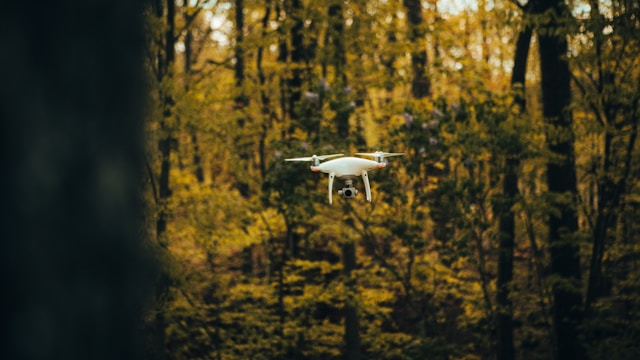
With this kind of insight, conservation teams know exactly what needs fixing and if their fixes are working.
6. Water Purification & Conservation: Protecting Every Drop
Clean water should be a given but millions still struggle to get enough. Here’s how new tech is tackling this:
- Better membrane filters make desalination (turning seawater into drinking water) cheaper and easier.
- Nanotech filters trap tiny nasties like microplastics and drug residues from our tap water.
- Smart AI systems find leaks fast so cities waste less precious water.
- Machines that literally pull drinkable water out of thin air help dry regions survive droughts.
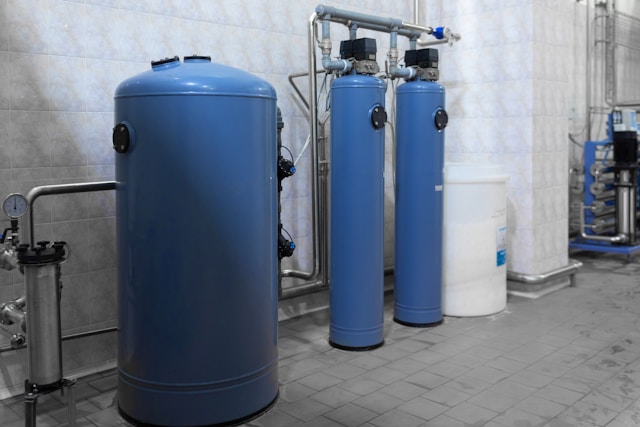
Water security isn’t just possible it’s getting easier every year thanks to these advances.
7. Biotechnology for Biodiversity: Healing Nature With Nature
Nature itself has some tricks up its sleeve! Biotech is helping restore balance:
- Genetic rescue brings fresh DNA to endangered species populations so they can bounce back stronger.
- Coral reefs get help growing back faster through micro-fragmentation or selective breeding for heat-resistance.
- Microbes munch away at pollutants in soil or rivers a natural cleanup crew!
- Synthetic biology tools help control invasive pests without harming native wildlife.
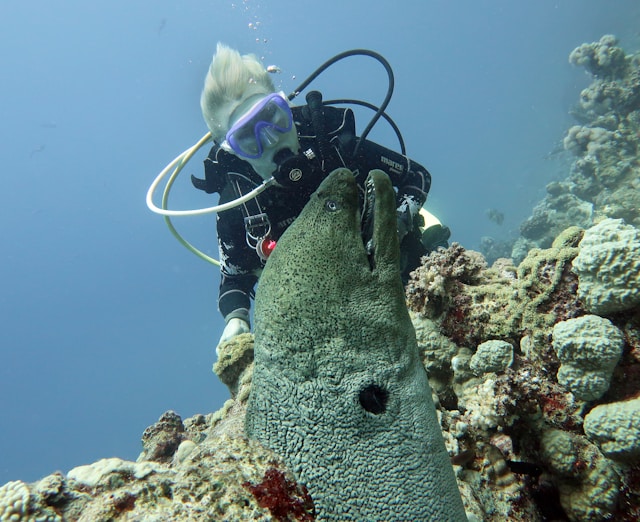
It sounds wild but these techniques really offer hope for reversing biodiversity loss.
Real-World Impact: It’s Already Happening
This stuff isn’t science fiction it’s reality! Right now:
- Park rangers in Africa use AI predictions to stop poachers before they strike.
- Solar farms paired with big batteries keep neighborhoods powered up on renewables.
- CCUS projects lock away carbon from factories in Europe.
- Recycling plants churn out brand-new products from old plastics nobody thought could be reused.
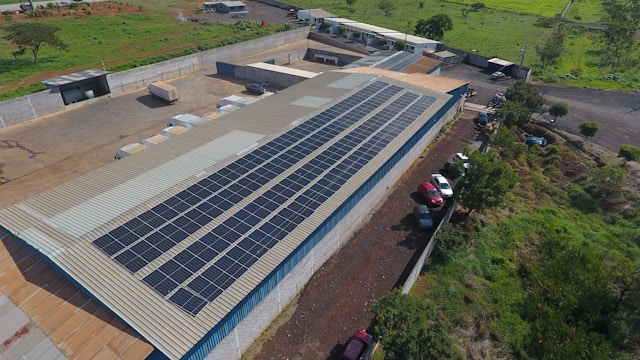
Have you spotted any cool green tech popping up where you live? There might be more going on than you think!
Challenges Ahead and How We Get There
Of course, nothing worth doing is ever easy. Scaling up all this tech takes serious money, smart government policies, teamwork between countries you name it. Making sure everyone benefits worldwide (not just rich countries) matters too. And hey we have to keep an eye on side effects so new solutions don’t create new problems.
Looking ahead? Expect even smarter combinations like AI managing circular economies or fresh ideas about social fairness baked right into green solutions.
But here’s the thing: none of this happens without people pushing for progress scientists running experiments, leaders backing good policy, businesses investing big time…and regular folks caring enough to make noise!
Conclusion: Science = Hope
Our planet needs action,not panic and that means getting behind real solutions that work at scale. Environmental science is lighting up pathways we couldn’t even imagine ten years ago from AI-powered conservation to wild new clean energy sources.
Sure, technology alone can’t save us all by itself we still need smart policies and everyday choices that put people and nature first but wow does it give us an edge! So let’s root for these innovations together…support them however we can…and keep dreaming up new ways forward.
Now I’m curious, which breakthrough makes YOU feel hopeful about Earth’s future?
